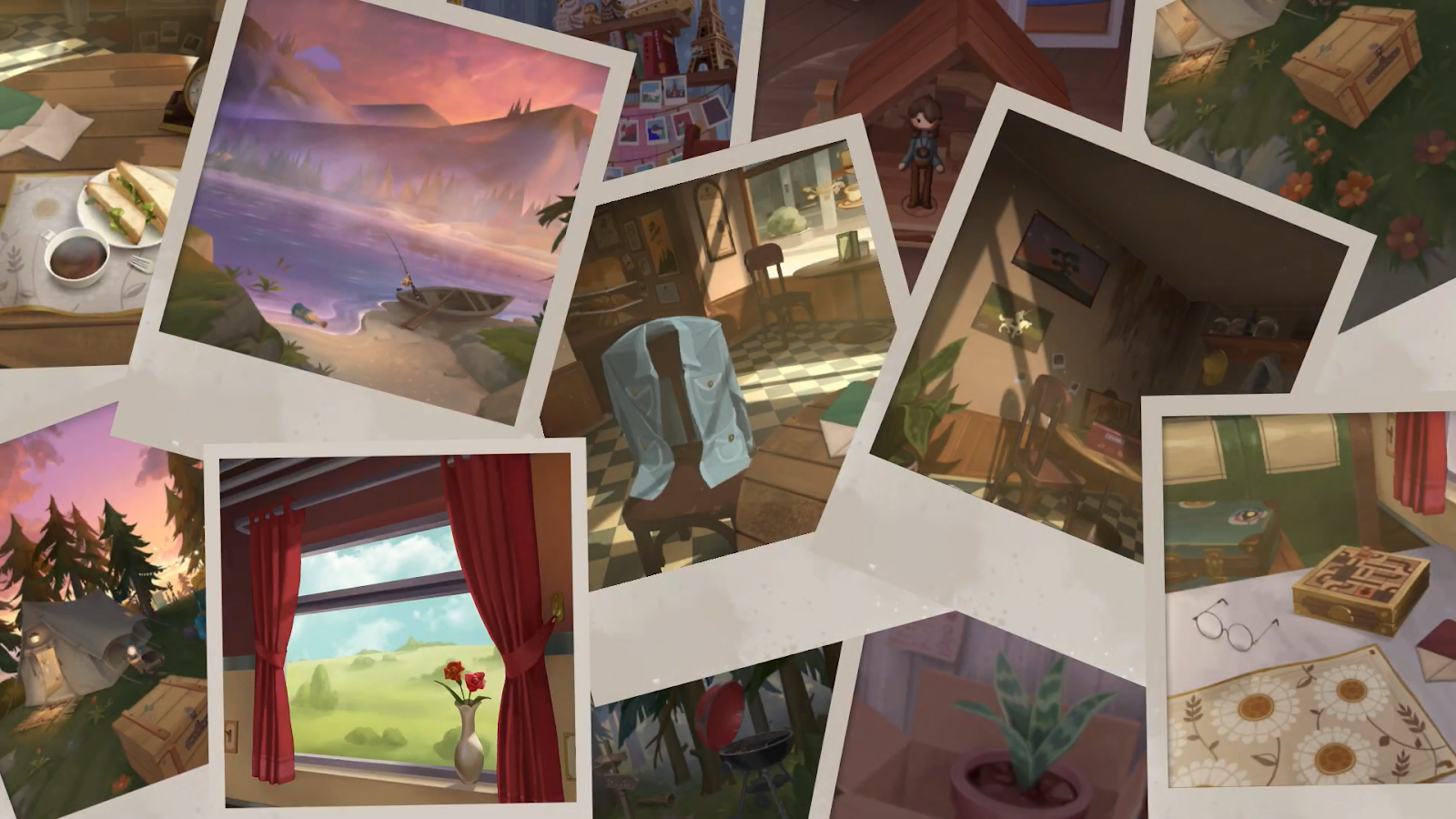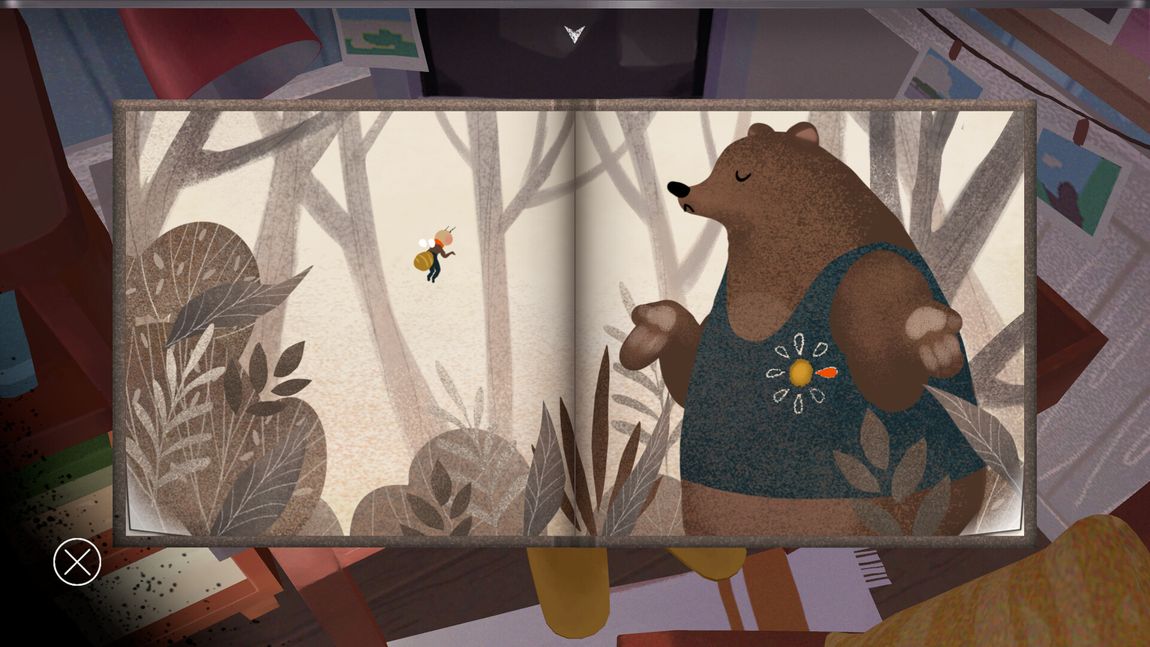
Format Nintendo Switch (reviewed), PS5, Xbox Series X/S, PC
Price $9.99 / £13.49
ETA Out now
Developer Silver Lining Studio
Publisher PLAYISM
Beginning with a whimsical intro as you learn the controls by panning across a night’s sky to uncover its secrets, The Star Named EOS starts as it means to go on, with a lovingly hand-drawn and animated series of puzzle rooms that gradually share their secrets, if you look hard enough.
There are plenty of narrative-puzzle games similar to The Star Named EOS on Nintendo Switch, but few really deliver on either pillar with the same subtle joy as this game. Taking on the role of Dei you must love in his shoes, finding ways to connect with a mother who is always on the road taking photos of exotic places.
This uses the same photography gameplay mechanic last seen in the developer's previous game, Behind The Frame: The Finest Scenery. It's a clever mechanic that enables you to explore a room and inhabit the character's life, recreating photos from the past to piece together the present.
The Star Named EOS review: meaningful design

The game’s heartwarming tone eases you into Dei’s plight, and every new room or scene feels like a new chapter in a picture book yet to be written. Every puzzle room begins with a handwritten note from Dei’s mother along with a photo that needs to be replicated. Scanning and clicking into objects reveals puzzles - block puzzles, codes, and more - and scattered around the room are hidden glues to solve and unlock the next challenge
Puzzles are clever and often need some genuine thought to navigate, but like every good puzzle design they are generally logical by design, and when a solution is found you’ll feel a sense of achievement. One solved puzzle will often lead to a cascade of new tasks, puzzles and solutions - each room is a set of mini-challenges that lead into the next and ultimately reveal the dominant solution, in a similar vein to classic puzzler The Room.
What sets The Star Named EOS apart from other puzzle room games is its devotion to treating the narrative with as much care as the brain teasers. The two sides of the game work in tandem to draw you into Dei’s world, his worries, hopes and fears. You’re not simply solving a tick sheet of conundrums but piecing together a life. New characters appear to shift the story in surprising directions, and you're never quite sure who or what to believe.
The Star Named EOS review: picture book style

Drawing everything together, literally, is a storybook illustration style that in itself evokes childhood memories. Each painted scene is an elegantly curated mix of items and objects, hidden details and secrets. Crucially, to unlock a scene’s mysteries you need to use Dei’s camera to zoom into the world or snap a composition that in turn unlocks a new memory or a glimpse of Dei’s mother’s life. It’s a design idea that ensures you’re fully immersed in the game, and Dei’s journey.
The game’s puzzles vary in originality and logical sense, and there can occasionally be a sense of deja vu to the setup and types of puzzle on offer. But it’s something you’ll welcome as The Star Named EOS rarely explains itself and never hand-holds, leaving you to piece together a room, the narrative and broader ideas at your own speed.
Some will either love and embrace this unreliable nature of the game's setup and its narrative, or be turned off by it. But keep in mind there are story twists ahead for Dei that rely on never quite knowing his mother, the world you’re exploring or where all of this is leading. Indeed, developer Silver Lining Studio takes great pleasure in misdirection and gradually leading you to the narratives end, one puzzle at a time.







